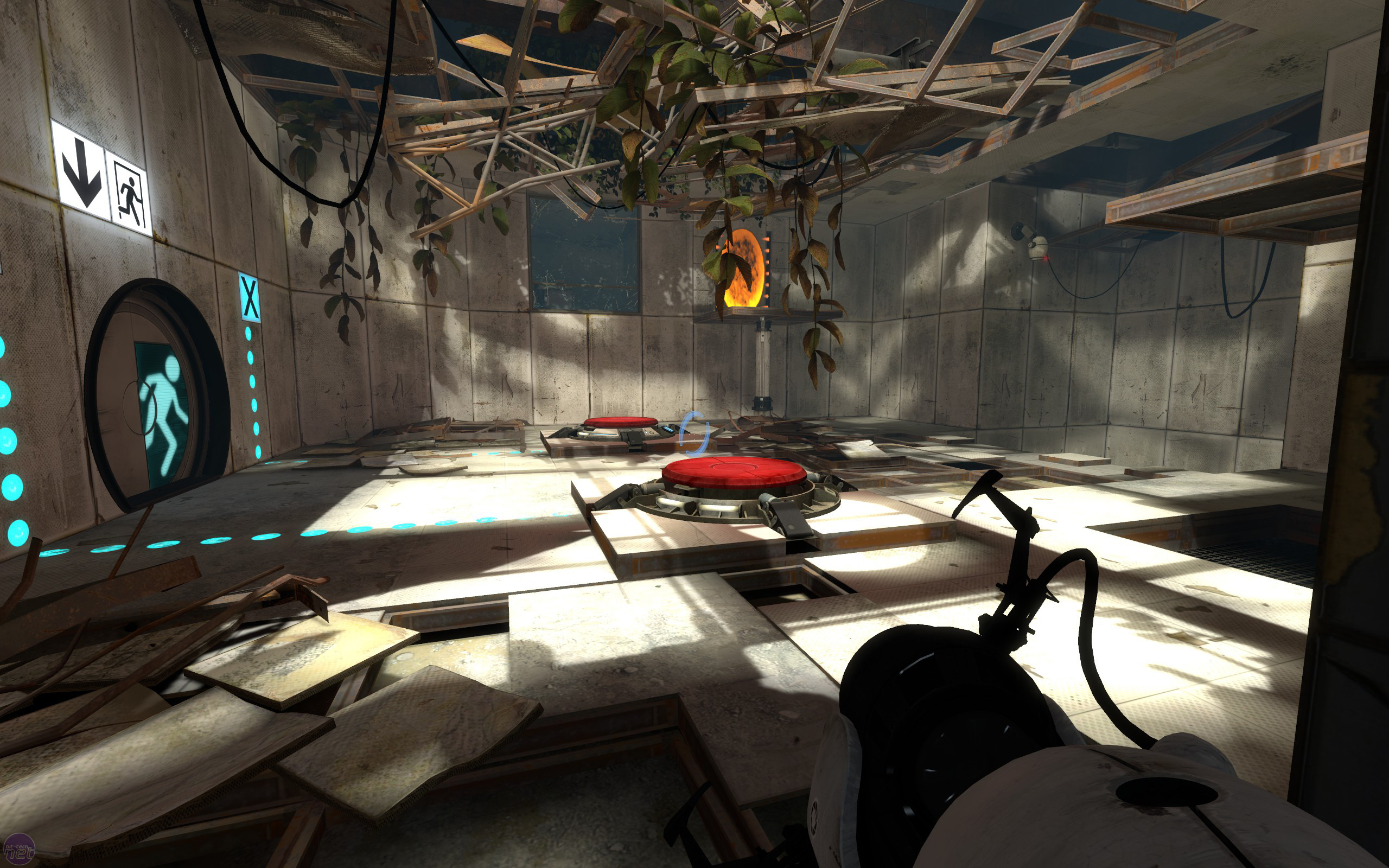
We were in a first-person shooter environment, with first-person shooter controls and contrivances, and peril around every corner, but we couldn't shoot our way out: we had to think our way out.

Puzzles that would, as often or not, result in us being dissolved in acid, riddled with bullets, or vaporized by High Energy Pellets. And what did we use our ASHPD for? We used it to solve puzzles in the name of science. It was simply a way of creating shortcuts from A to B. The Aperture Science Handheld Portal Device was no gun. But we couldn't shoot back.Īll we could do was create portals-wormholes linking two parts of the level through which people and objects could walk, jump, or fall through. Indeed, we would be shot at on a regular basis. It was a first-person shooter in which we couldn't shoot. It used the basic vocabulary of the first-person shooter, a genre familiar to any gamer, and gave it a unique (well, OK, not quite unique) twist. The first Portal game was a remarkable feat. But is this game really that good, or have reviewers been caught up in Valve's promotional fervor? It is already being spoken of as a Game of the Year contender.

Just as with its predecessor, the reviews of the game have been uniformly spectacular, with the game currently standing at an impressive 95 percent on Metacritic. The Potato Sack Alternative Reality Game and the prospect of unlocking the game early stoked the fires of anticipation still further.

Valve's Portal 2, the long-awaited sequel to 2007's landmark Portal, was one of the most eagerly awaited games of the year. This article is going to discuss many aspects of Portal 2 in detail.


 0 kommentar(er)
0 kommentar(er)
